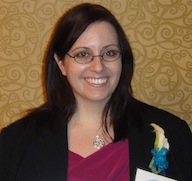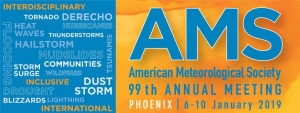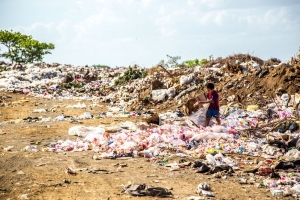AMS 2019 Activities
Interact with Yarker Consulting at
The AMS Annual Meeting
Yarker Consulting and its partners are heading to Phoenix this weekend for the American Meteorological Society’s (AMS’s) annual meeting. The government shutdown has had a significant impact on the conference, in largely negative ways. However, we have been working hard all year to prepare for this event and are excited to share our work, learn new things, and network with our colleagues who are able to attend. If you will be joining us in Phoenix this week, be sure to check out as many of these amazing activities as possible.
Saturday
Our intern, Antoinette Serrato, will be attending the Student Conference. Sessions include conversations with professionals, Introductions to various careers in the field, and the always popular Career Fair.
Sunday
9:00am – 3:30pm Early Career Professional Conference
One of the best things about the ECPC is the networking. This group does networking right because they provide excellent guidance and ample opportunity. In particular, the 9:00am session will include an exciting guest from Improv Science that you won’t want to miss!
Be sure to grab your lunch (included in the ECPC registration fee) and do some active learning in our Mock Trial! You will have the opportunity to evaluate scenarios from legal cases with the support of experienced Certified Consulting Meteorologists (CCMs), including our Founder, Morgan and our partner, Jared. This event is sponsored by the Association for Consulting Meteorologists.
Other sessions include discussions about managing mental health, non-traditional careers, and outside of the box skillsets.
5:00pm – 6:15pm Early Career Professional Conference Attendee Networking Dinner
Need plans for dinner? No problem! Join the rest of the ECPC attendees for dinner and conversation. It’s a great time to get to know your peers better and meet new people!
8:00pm – 9:00pm Association for Consulting Meteorologists Informal Gathering
Have you ever thought about getting your CCM? Ever wonder what kinds of consulting work meteorologists do? This is the perfect opportunity to explore the world of consulting meteorology! Bring a friend to this informal get-together to meet current ACM members and ask those burning questions. Message our Founder (also an ACM Board Member) for more information and the location.
9:00pm -11:00pm Early Career Professionals Reception
As I said, this group does networking well! Another opportunity to mingle with other ECPs. This event is open to all, so bring a friend!
Monday
Keep an eye out for Badges that have a special sticker. AMS is piloting a brand-new Teacher Travel Grant program and is bringing six K-12 teachers from across the country to the meeting so that they can network with scientists, learn about the latest research, and collaborate with other educators. Most of these teachers have never been to AMS before, so if you see one, be sure to say “hi!”
10:30am – 12:00pm Early Career Leadership Academy
Both our Founder and Partner participated in the inaugural Early Career Leadership Academy in 2018. Learn from a few member’s experiences and future classes of ECLA. I highly recommend this program, and anyone interested should definitely attend this session!
10:30am – 12:00pm Active Learning Demonstrations
The Education Symposium is exploring alternative presentation styles with an Active Learning session Monday morning. Pop in and participate in a few demonstrations!
4:00pm – 6:00pm Education Symposium Poster Session: A Case for Entrepreneurial Meteorology
Yarker Consulting’s very own Intern, Antoinette Serrato, will be giving her first AMS presentation at this poster session! A collaborative project between Yarker Consulting, m2lab.org, and Sales and Marketing, Inc. provides a case for why students and professionals should have exposure to entrepreneurial meteorology. Be sure to stop by and say, “hi!” We would love to see you there!
Tuesday
3:00pm – 4:00pm Education Symposium: Using Alternative Presentation Formats to Inform Your Audience
As educators, we recognize the value of exploring alternative ways to present information to audiences. Our Founder is stepping in as a substitute chair for this session, where several authors will present new and innovative ways to educate.
See you in Phoenix!
-Morgan








